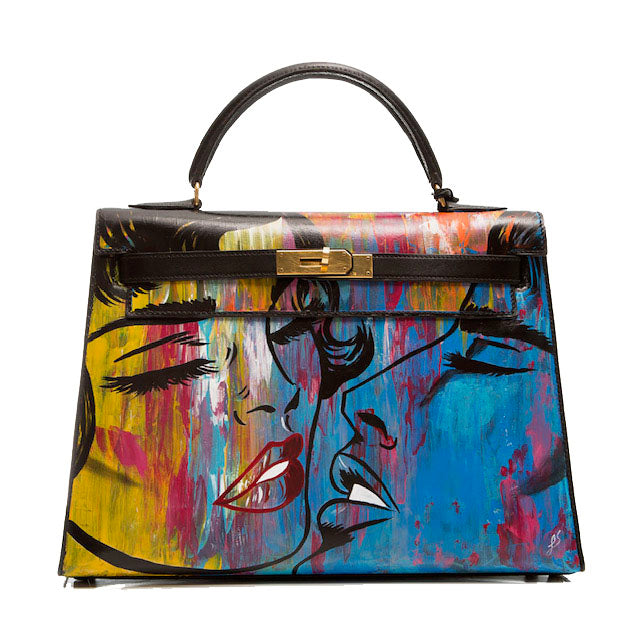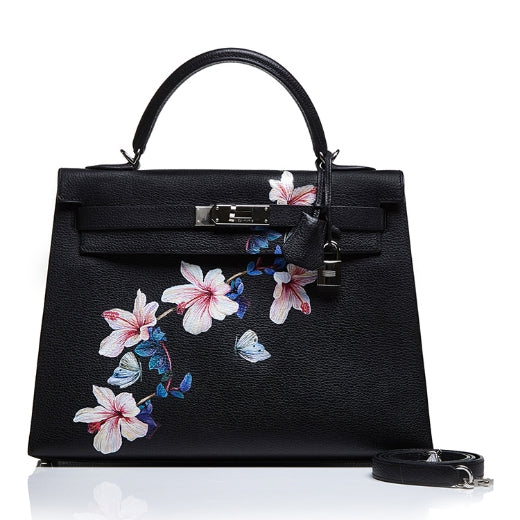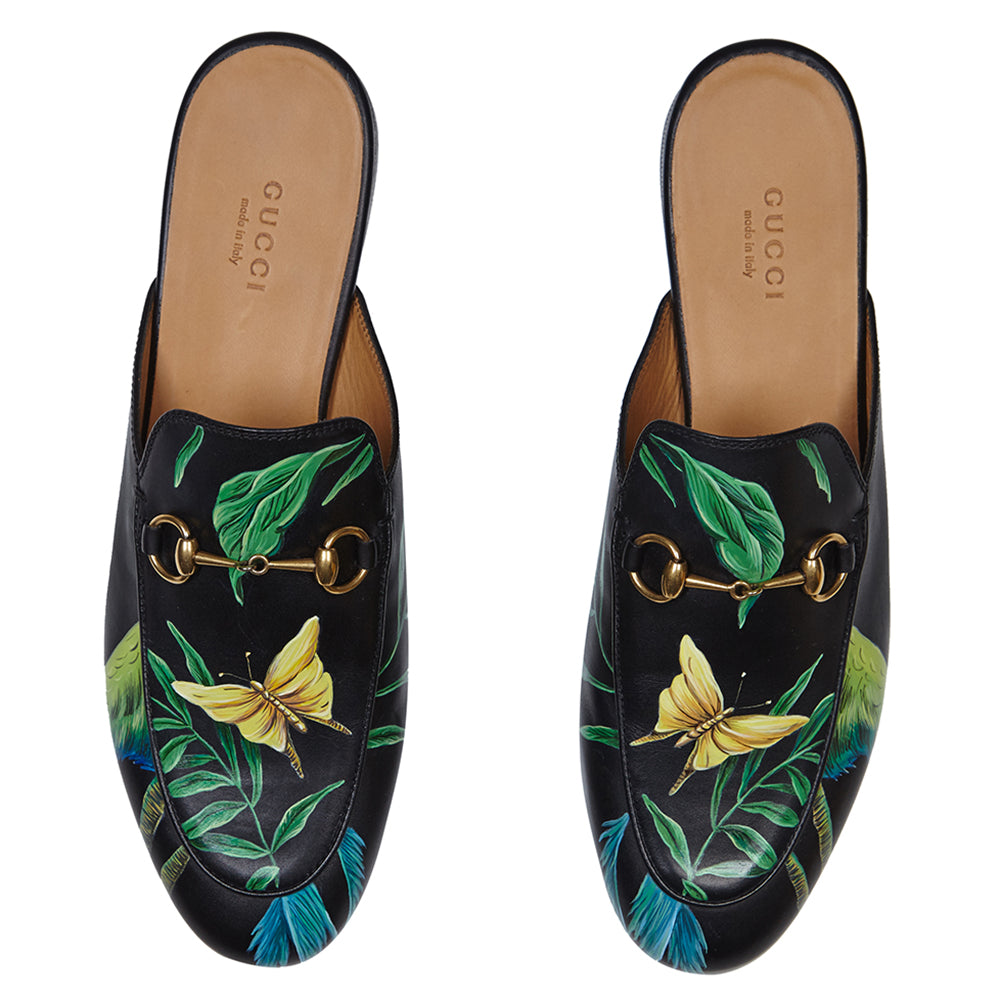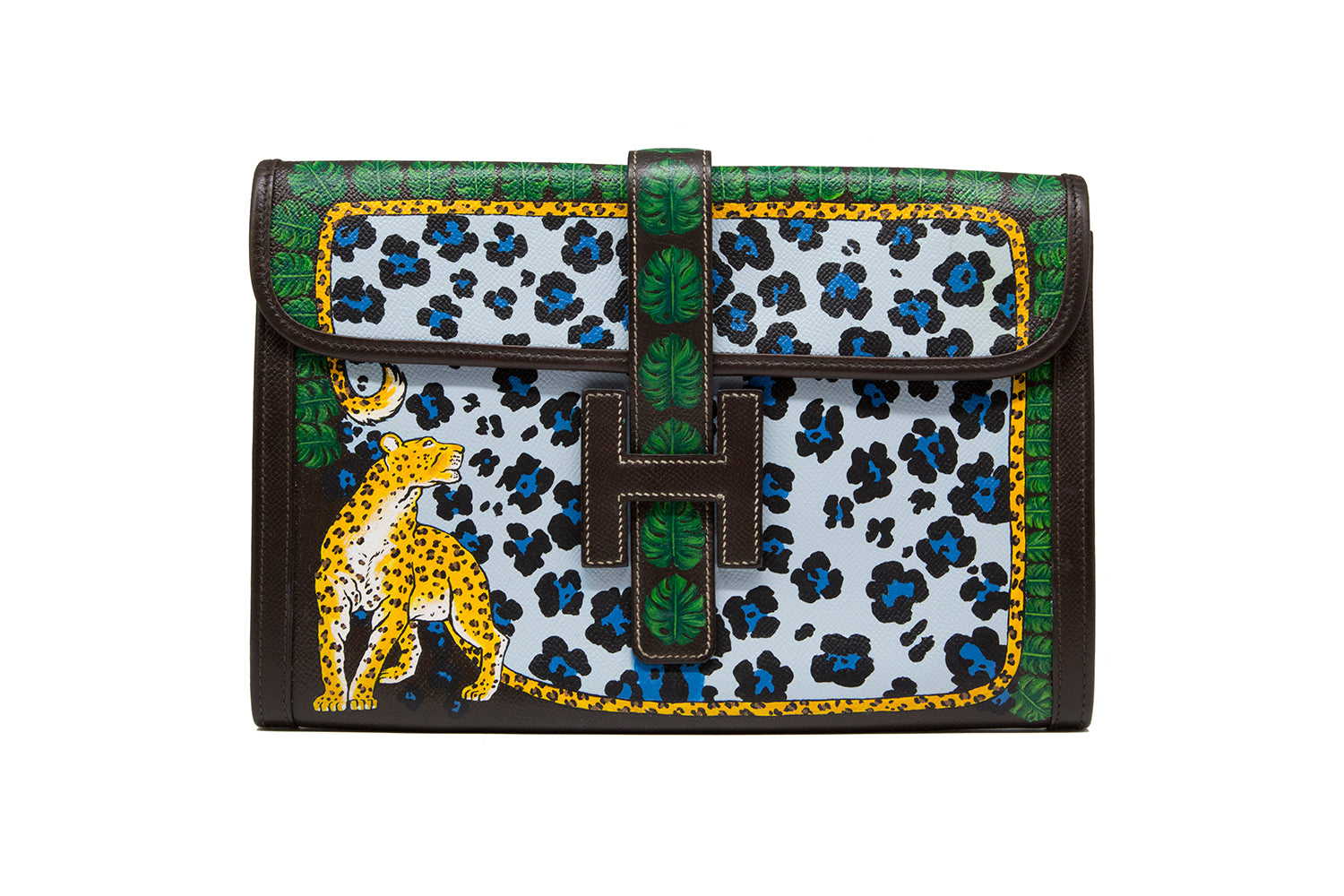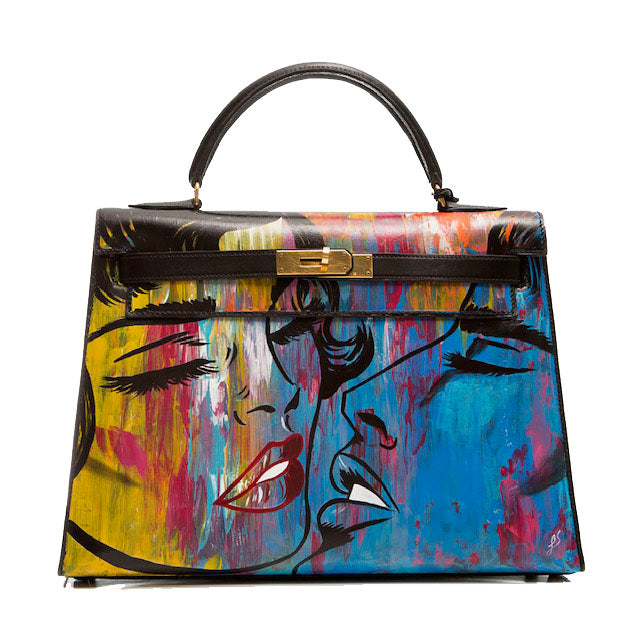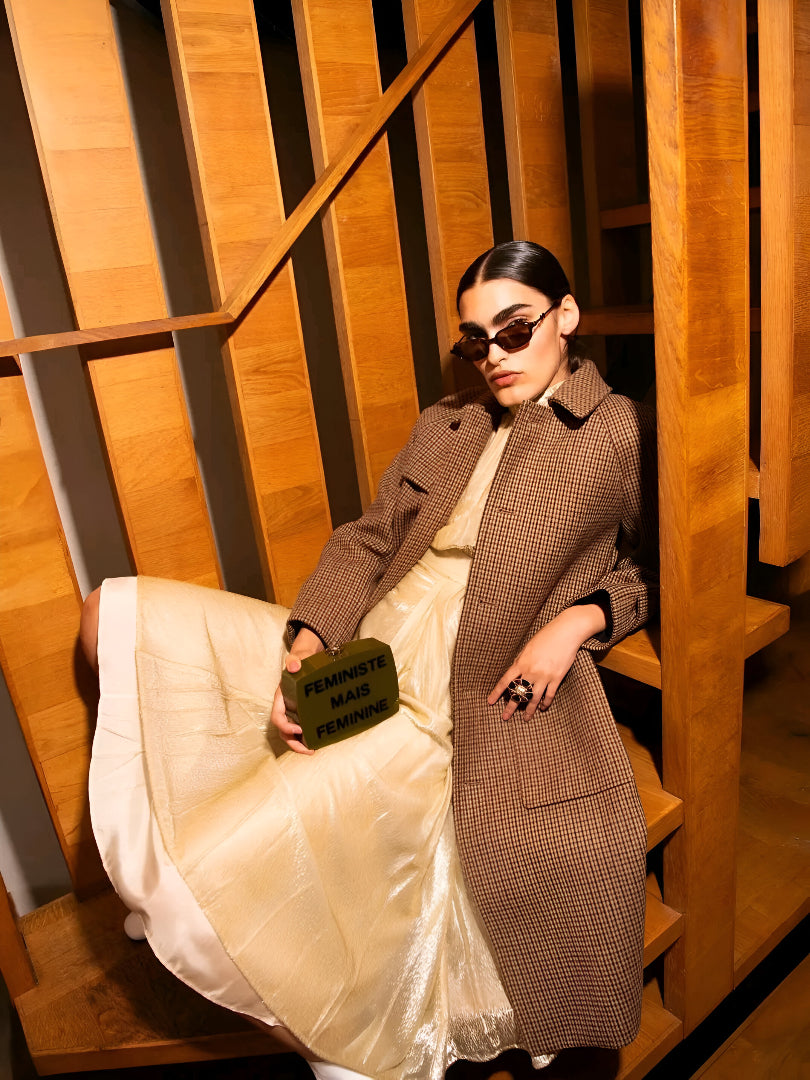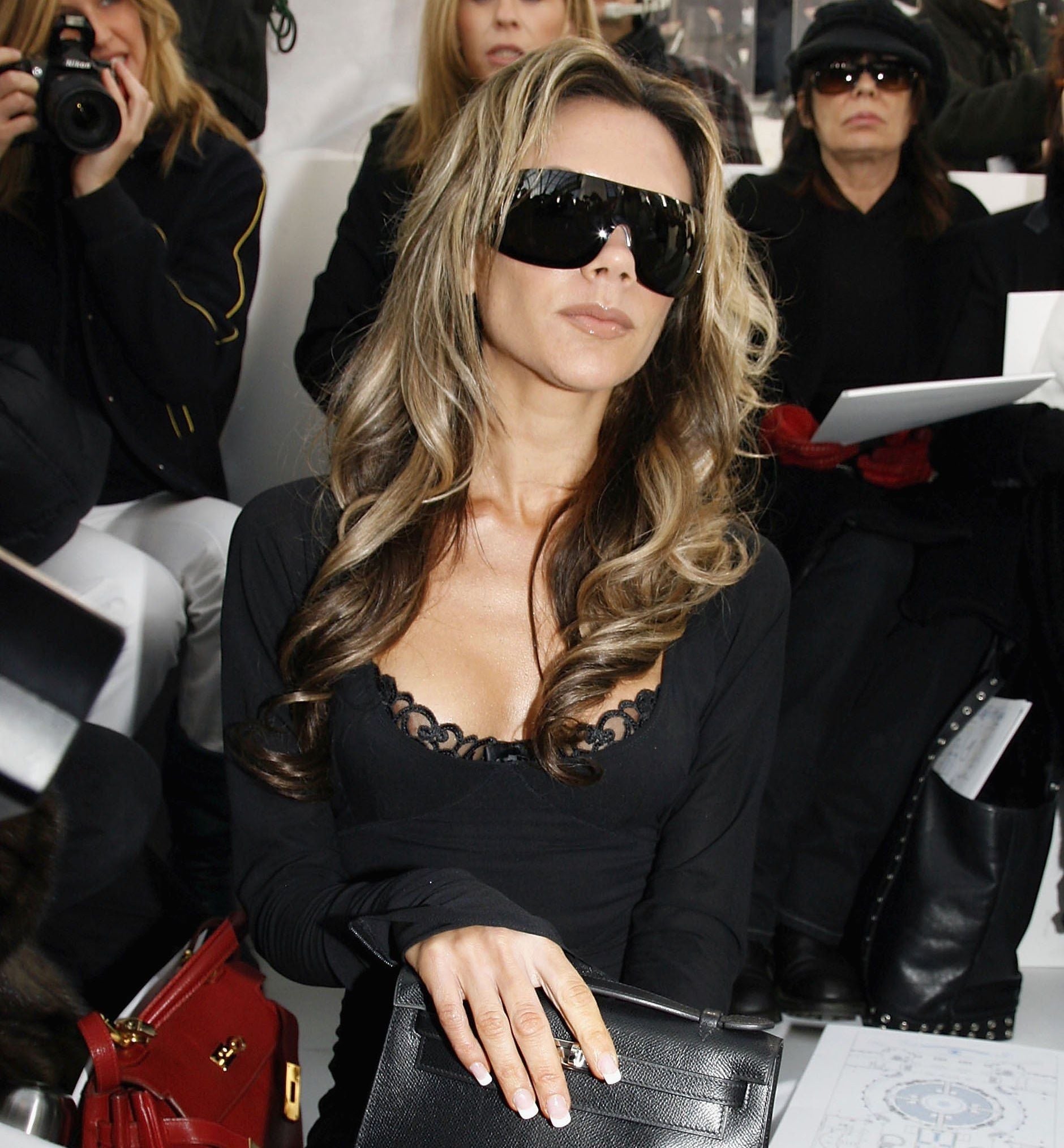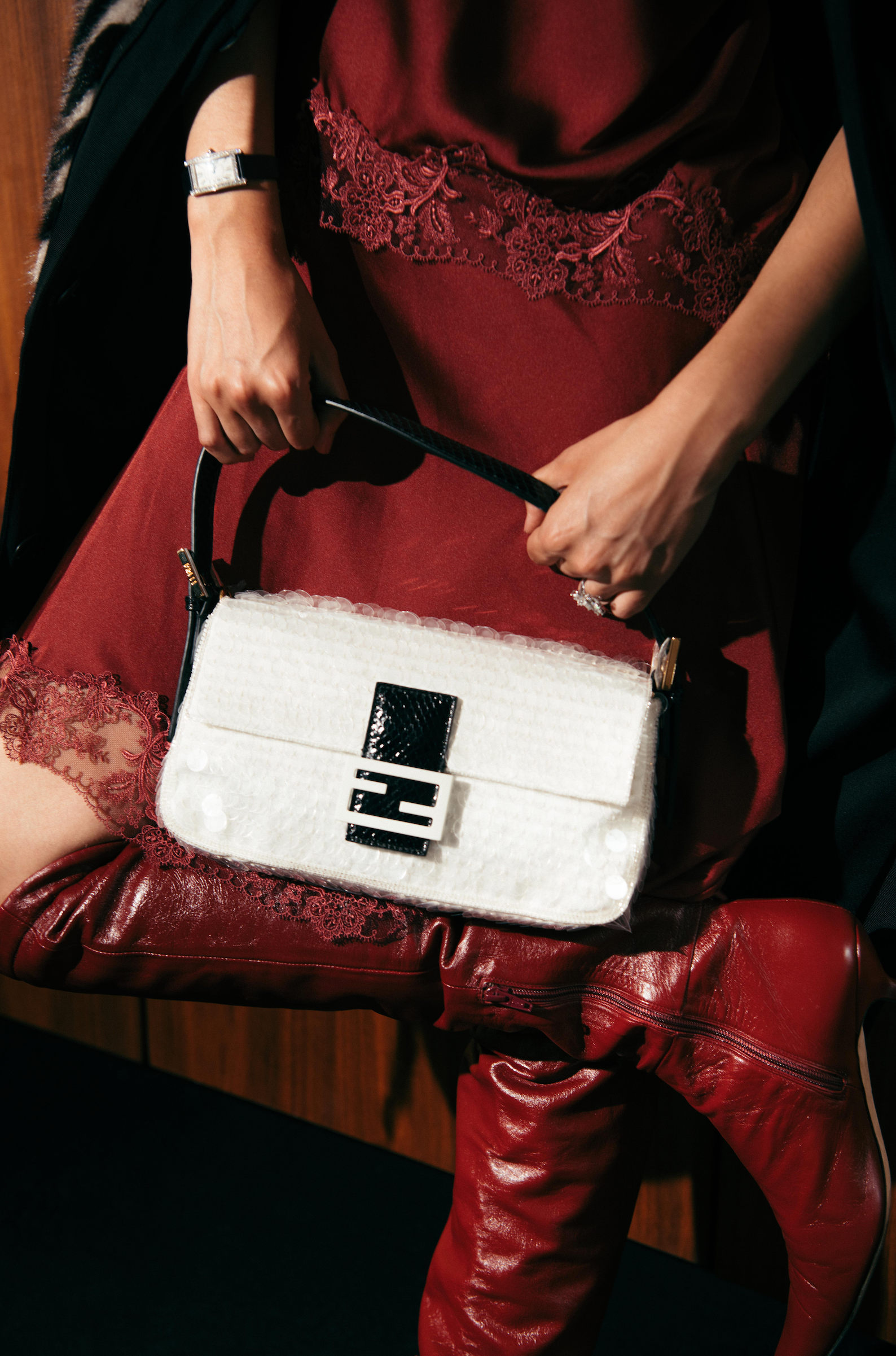RUNWAY AS GALLERY - THE FLIRTATION OF ART AND FASHION
From concurrent fashion trends and art movements seeking influence from one another, their flirtatious relationship has at moments been one of contention for both have fought to keep their mediums unadulterated. For artists, each painting or sculpture is a moment frozen for eternity.
Whether the artwork is a direct response to current social conditions or a glimpse into future possibilities, art seeks to appeal to the audiences’ soul to transcend time. Fashion, on the other hand, moves a bit more quickly as it responds to trends and rapidly reinvents itself based on consumer behaviour and tastes. Despite these divergent goals, a few clever collaborations have managed to blur the lines between the two genres bringing painting and art techniques into couture spaces and fashion studios.
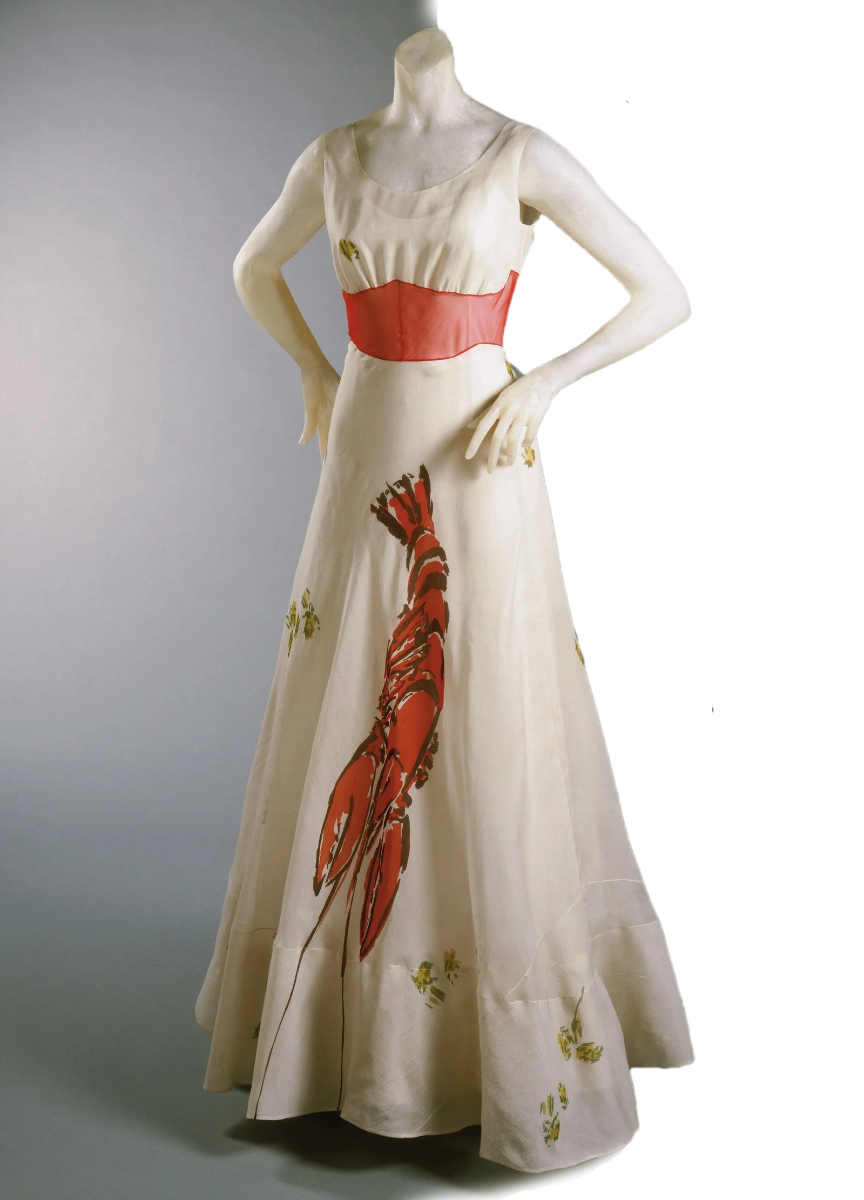
One of the earliest and most notable art- fashion minglings was the infamous lobster dress conceived by surrealist artist Salvador Dali and executed by fashion designer Elsa Schiaparelli in 1937. Worn by American socialite Wallis Simpson on the cover of the May issue of Vogue, the off-white dress sprinkled with sporadic yellow florals featured a giant vertical red lobster with the tail starting just below the hips and claws extending below the knee. In 1939 Dali took the collaboration full circle placing it back into art contexts by creating a swimsuit performance piece with the lobster motif from the dress at the World’s Fair. In doing so, he charged the dress with social symbolism that could only be made apparent when viewing the collection as a whole.
Another historic art-fashion collaboration is Yves Saint Laurent’s adaptation of Piet Mondrian’s primary grid paintings. In 1965 Saint Laurent fashioned a series of day dresses using the bold black stripes and colour planes of Mondrian’s iconic style. In line with the contentious divide between art and fashion, Saint Laurent’s commodification of Mondrian’s paintings repurposed their objective as moments of stillness from capitalism into patterns for commercialization. Although Mondrian wasn’t alive to bear witness to what he would have considered a fatal turn on his art career, the dresses were a huge success and opened the door for many more cross over collections.

So, where does that leave the relationship between artist and designer today? Recently there has been a widespread movement to blur the lines between genres and categories within entertainment, music, digital, and social spaces. This push for fluidity is also distorting the line between art and fashion allowing for more seamless and exciting collaborations to take place.
In the world of luxury, epic brands have been pairing up with contemporary artists to transform designer handbags into unique works of functional art. In 2017 modern artist Jeff Koons, who was the father of challenging perception regarding what was considered an art object, teamed up with Louis Vuitton to create the Masters Collection, for which he put his curated painted classics from Leonardo Da Vinci, Monet, and Van Gogh to create handbags that could stand on a pedestal in the Tate Modern. Other Louis Vuitton collaborations include Kansai Yamamoto, who was a leader in contemporary fashion in the 70s and 80s and Yayoi Kusama, who is known for her optical patterns and immersive and interactive installations.
After the success of various iterations of the Master Collections, Louis Vuitton decided to take it further and bring the runway into the gallery by hosting a vibrant exhibition that showcased the Artycapucines Collection as six contemporary artists brought their unique visions to Louis Vuitton’s iconic Capucines bag positioning them as art objects.
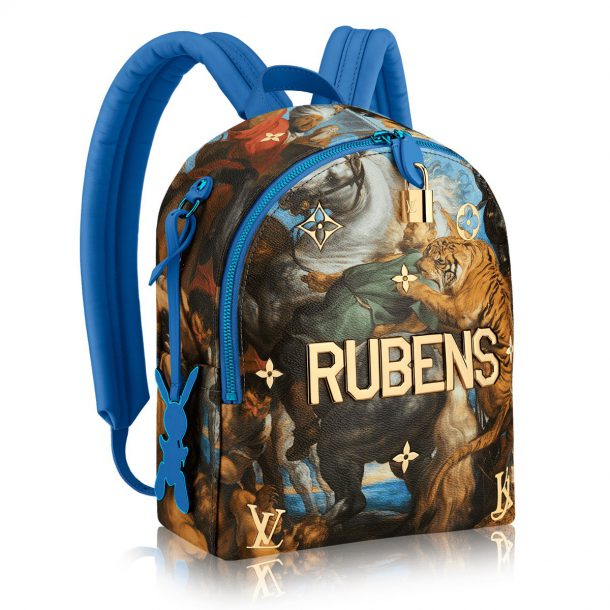
In addition to Louis Vuitton, other heavyweight fashion brands have also sought custom collaborations with both local and globally known artists to breathe innovation and whimsy into limited-edition collections, including Gucci with Yuko Higuchi, a Japanese artist known for her detailed ink drawings.
As art is becoming less exclusive to gallery spaces, commercial markets are capitalizing on its emotive qualities to add edge, intrigue, uniqueness, and brand authenticity to their products and designs. In the luxury arena, this mashup presents a new opportunity for exclusivity. On one hand, the collaborative collections are extremely limited and retain prestige due to the small amount of product, on the other hand, when considering collaborations with local artists who paint directly on handbags or other leather goods, it brings a unique touch that does not only increase the value of the item through hand labour reminiscent of early Goyard pattern production but also allows you to flaunt your personal style on a piece that is a genuine celebration of your spirit.
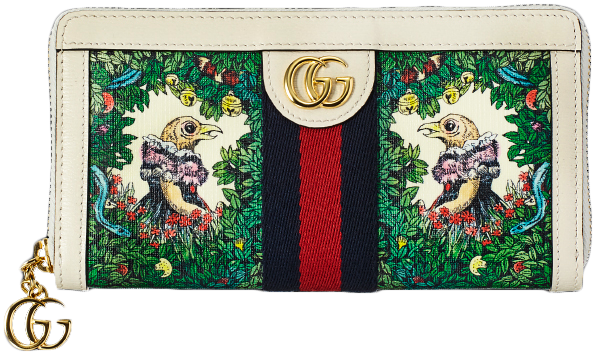
Check out some of these amazing luxury collaborations with our artists from our Emotional Baggage collection as they create visually masterful handbags customed to the expressive characters of our clients.
